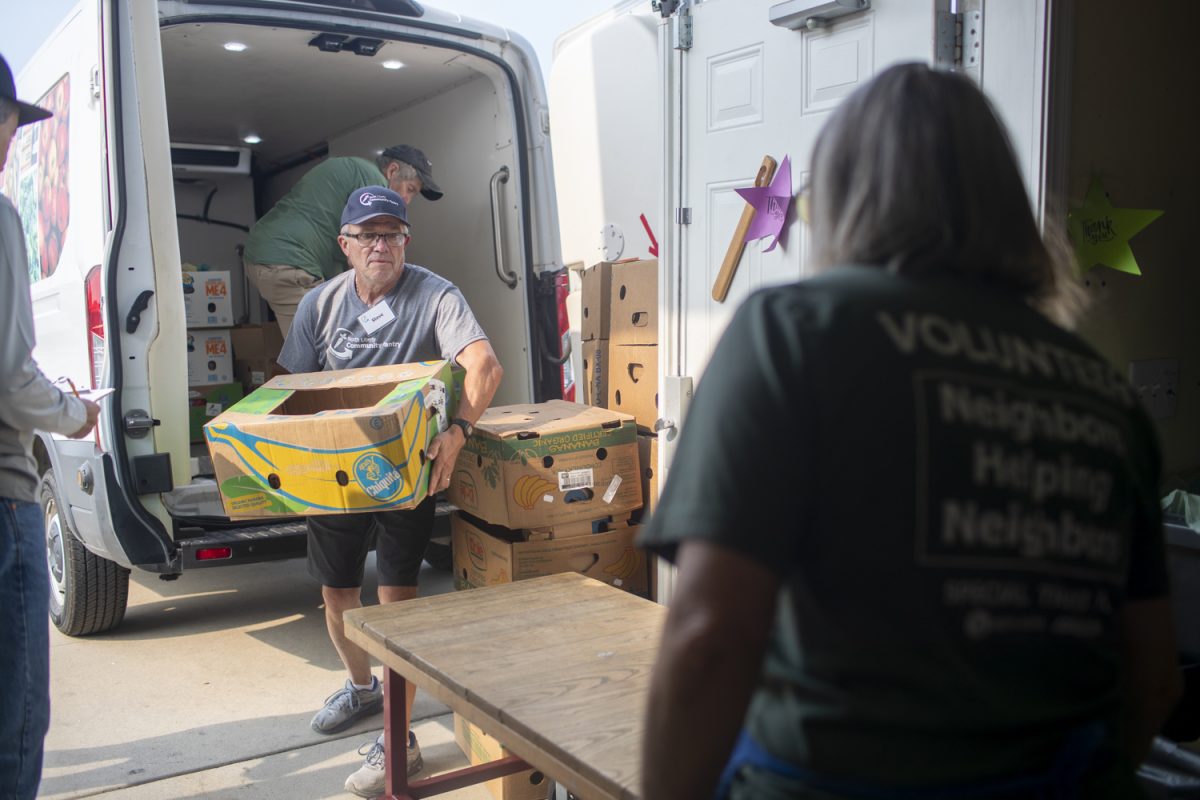A Medellín, Colombia, photography collective is attempting to redefine the culture of its hometown.
“We wanted to show a different side of Medellín and of Colombia,” said Margarita Valdivieso, one of the nine members of Mono Collectivo.
With an emphasis on the everyday and intimate portraits of citizens of Medellín, the group is working to shift the outdated perception that Colombia’s culture revolves around the international drug trade.
Mono Collectivo is a photography collective established in Medellín — Colombia’s second largest city, located in the central region of the Andes Mountains.
Once deemed “the most violent city in the world,” it has a long history entrenched in the infamous drug rings formed and funded by Pablo Escobar, including the city’s Medellín Cartel. Since Escobar’s death in 1993, the crime rates once inflated by gang warfare between competing organizations have dropped significantly.
The project began to form in 2011, when photography students from two universities in the area were brought together by their professor, Tom Griggs.
“Once our courses finished, Tom invited us to meet after class to work on our photography, and eventually, that led us to ask the question ‘Why don’t we form an official group?’ ” collective member Andrés Sánchez said.
Once formed — and under the tutelage of Griggs — the group developed a goal to travel to Iowa, where Griggs had lived with his wife in 2010 before moving to Colombia, to exhibit their work depicting the many facets of Medellín.
“The idea is to capture the essence of the town,” Sanchez said. “We’re trying to show how we each live and experience the city, its characters, architecture, and environment.”
To supplement their time in Iowa City, the group reached out to University of Iowa art Assistant Professor Jeff Rich, who — with the assistance of former student Zora Murff and other members of the art school — led a 10-day workshop in which members of the collective translated their unique perspectives between continents and shifted their focus to Iowa City.
They then applied for a series of micro-grants from fototazo, a nonprofit organization and micro-grant program founded by Griggs in 2011 with a mission to raise funds, purchase equipment, and provide opportunities for promising and emerging photographers from economically disadvantaged backgrounds in Colombia.
With $9,000 it raised, the collective bought cameras and plane tickets to Iowa, where they have been since June 23.
While in Iowa City, they are working with Griggs, Rich, and Murff to explore and photograph life in the city, with the intention of bringing their work to an exhibition back home in Medellin.
“Tom came to me in December with the idea of doing a cultural exchange between Medellín and Iowa City,” Rich said.
Griggs hopes to make this exchange a yearly event, reaching out to other cities in Colombia and, eventually, the rest of the world.
“The next step is to attract institutional funding from one of the big brands like Nikon or from some universities,” he said. “That’s what will really take this program to the next level.”
“[The University of Iowa] has been a great host,” Griggs said. “They’ve given us access to spaces to exhibit, places to work, and the guys here, Zora and Jeff and the others, have completely donated their time.”
The collective will return to Medellín after their workshop ends on Saturday to begin their exhibition depicting their time in Iowa City.
“There’s such a big contrast between Iowa City and Medellin, with the landscapes and perspectives, and we really want to show that,” said Valdivieso. “We want to change how people view photography in Medellín.”






